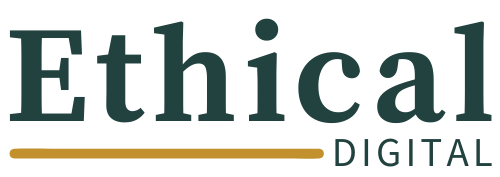Everything You Need to Know About Literacy in Canada
In honour of International Literacy Day on September 8th, we’re excited to tell you about the current state of literacy levels, why literacy is important, and what we can do to make a difference.
What is Literacy?
Literacy levels represent a person’s ability to read, write, and understand information. While literacy once referred to basic reading and writing, today it involves much more. According to the research, modern literacy includes “the ability to understand, evaluate, use and engage with written information to participate in society, achieve personal goals, and to develop one’s knowledge and potential.”
These skills are more important than ever. Literacy has become a cornerstone for success as we shift from a manufacturing-based economy to one that thrives on knowledge and information.
Let’s explore the current trends in literacy and, more importantly, what we can do to boost literacy levels in Canada.
Literacy Trends Among Younger Generations
Recent studies have shown younger generations in countries like Canada, the U.S. and Norway may have lower literacy levels than older generations. This trend suggests that despite higher education levels, younger people's literacy skills are not as strong as previous generations.
However, there’s some good news: this decline may not be as dramatic as it seems. Some researchers believe part of the perceived drop is due to changes in how literacy is measured over time, rather than a true decline in skills. In other words, newer surveys may score differently than older ones, making the gap appear wider than it is. By refining our assessment tools, we can get a clearer picture of where improvements are needed and build on the progress we’ve already made.
Why Literacy Matters
Literacy is crucial for far more than just landing a job. It’s essential for navigating daily life, understanding rights and responsibilities, and participating in civic duties. From reading health information to completing tax forms, strong literacy skills enable individuals to thrive in a modern, information-driven society.
As jobs increasingly require communication and information-processing skills, literacy opens doors to better opportunities. Those with strong literacy skills are more likely to find rewarding, well-paying jobs. But literacy isn’t just about the workplace—it’s about being an informed, active member of society.
The Power of Lifelong Learning
One of the most exciting aspects of literacy is that it can continue to grow throughout life. Studies show that literacy skills tend to peak in a person’s 30s, but they can remain high through ongoing education and practice. The key is lifelong learning. Whether through formal education, reading for pleasure, or staying engaged with information-rich environments, Canadians can continually enhance their literacy skills.
How Can We Improve Literacy Levels in Canada?
Improving literacy levels in Canada is within our reach! Here are a few ways we can make it happen:
Strengthening early education. By investing in early literacy programs and supporting teachers we can give every child a strong start for lifelong success.
Promoting lifelong learning. Encouraging adults to engage in reading, take up new courses, and stay informed can help maintain and even improve literacy levels over time. Workplaces and communities can play a big role by offering learning opportunities and access to resources.
Making literacy accessible to all. Literacy programs should be available to everyone, including access to literacy programs in rural and underserved areas, supporting newcomers with language learning and providing accessible resources for those with disabilities. Did you know you should be writing communications and content at a grade 6 level? Check out this cool Readability Scoring System to find out what grade level your writing is scoring at!
Engaging communities. Libraries, community centers and online platforms are excellent hubs for literacy growth. By fostering partnerships between schools, local governments and community organizations, we can create more opportunities for Canadians to enhance their literacy skills. Search your local area for ways to get involved! Foundations Learning is a great place to start for our fellow Saskatoonians.
Modernizing assessment tools. To fully understand where improvements are needed, we must ensure our literacy measurement tools are accurate and reflect today’s skills. Testing the literacy levels of the content and policies we produce is key to using these tools.
The Future of Literacy in Canada
While some studies point to a decline in literacy levels, there’s a bright side: by addressing these challenges head-on, we have the power to reverse this trend. Canada is already equipped with strong educational institutions, a vibrant community of lifelong learners, and a growing awareness of the importance of literacy.
With focused efforts on early childhood education, lifelong learning and inclusive literacy programs, we can raise literacy levels across the country. Together, we can build a future where every Canadian, no matter their age or background, has the literacy skills needed to succeed in their personal and professional lives.
As a team that creates digital marketing materials for organizations, we believe strongly in creating content for all literacy levels. In fact, we hosted a literacy webinar to share some important tips and information with other communications professionals. After all, everyone should be able to access your communications materials. Watch the webinar here!
Let’s embrace this opportunity to empower individuals, strengthen communities, and continue to make literacy a priority in Canada’s future!






